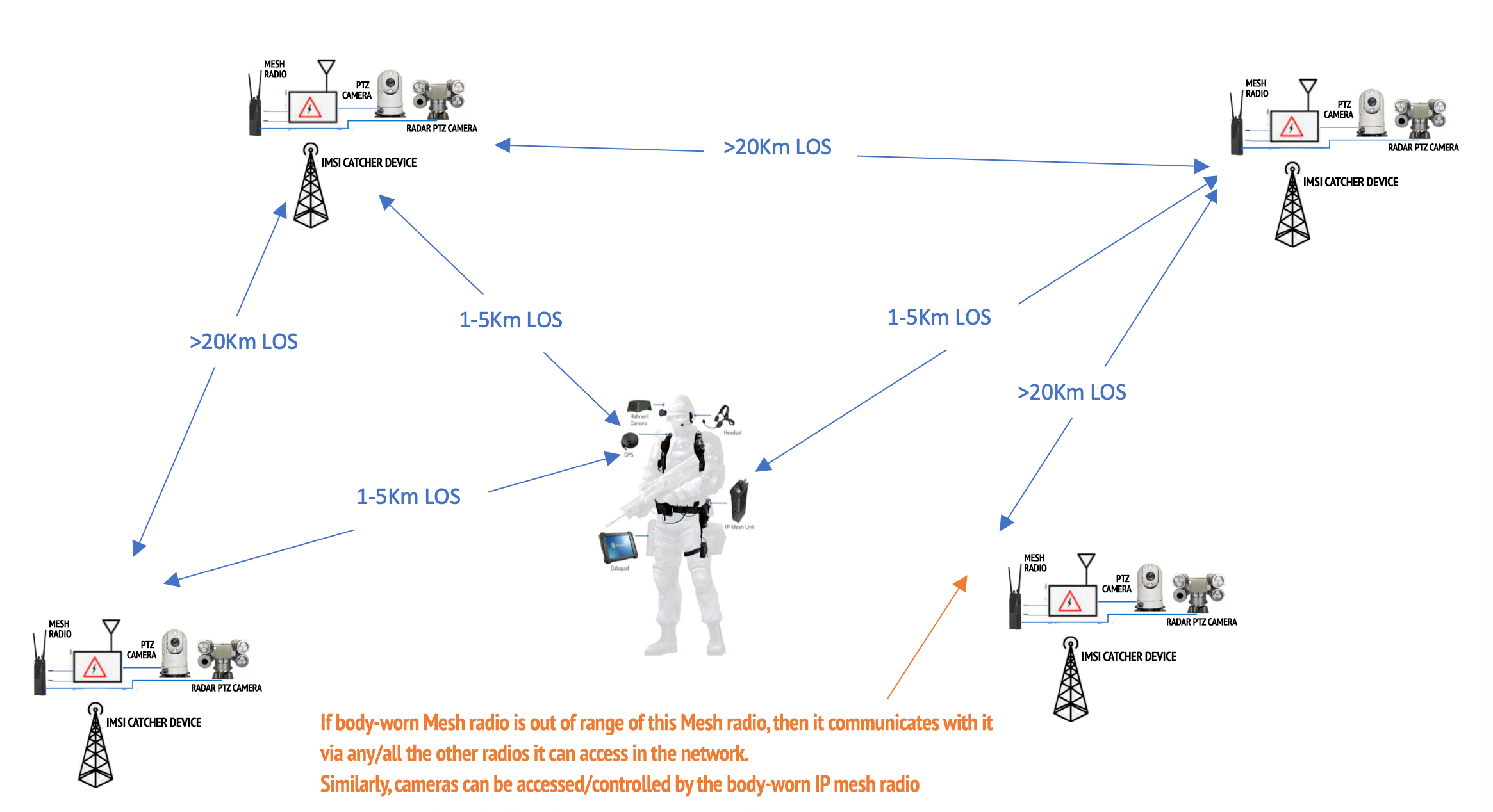
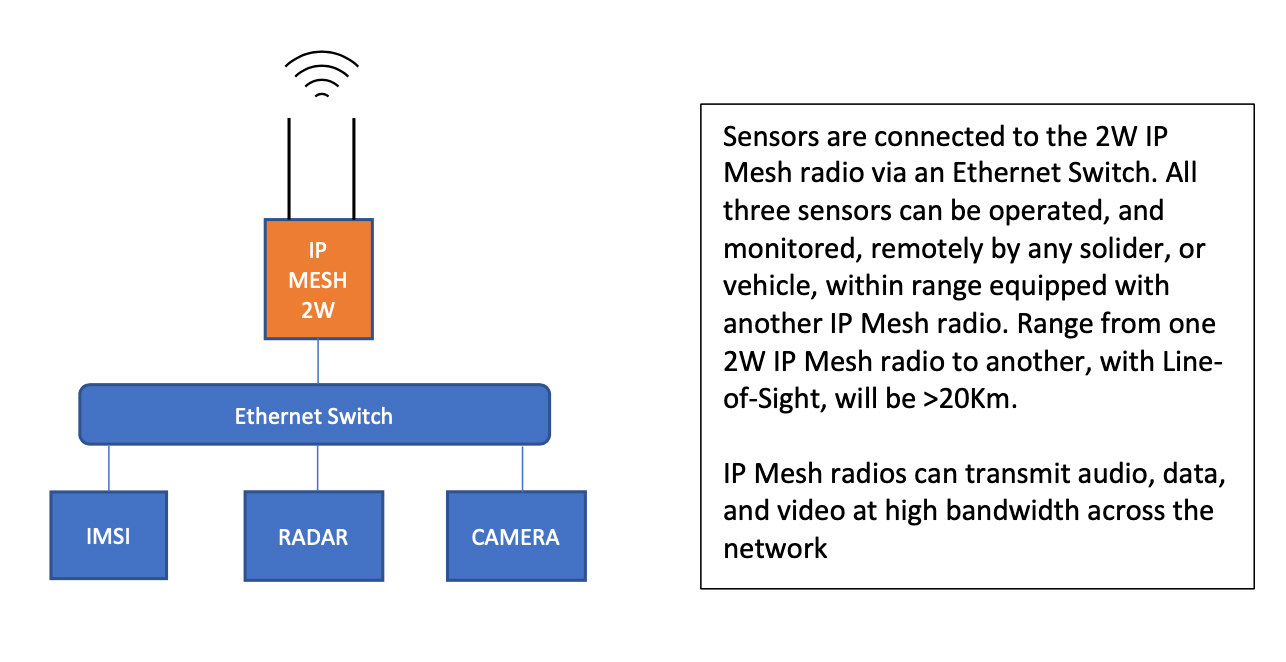
Mesh Applications – Border Security
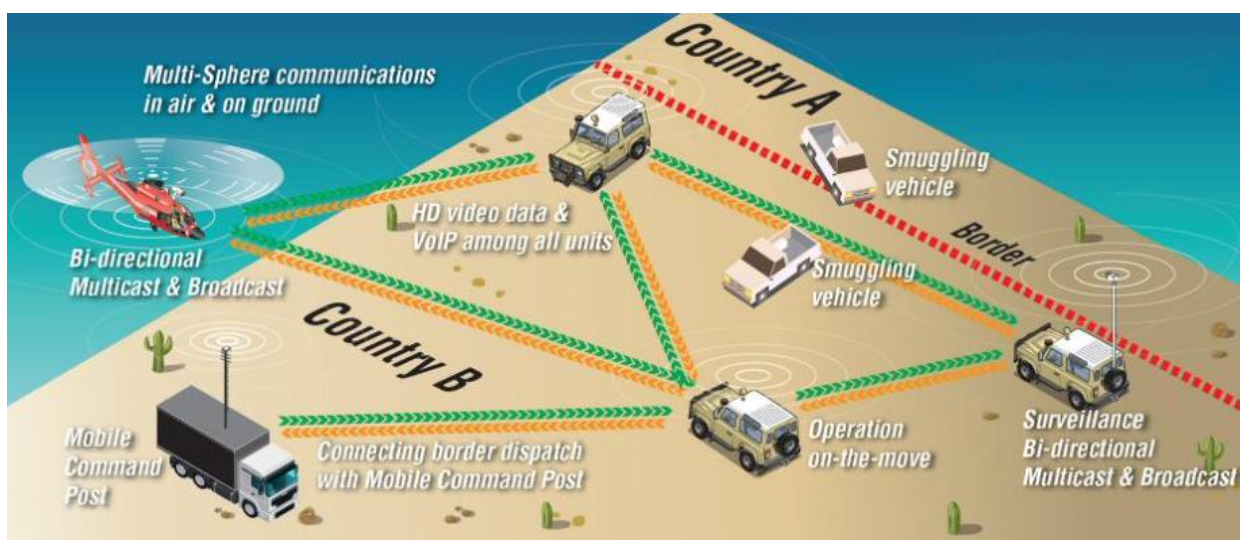
mMesh has wide applications in the Border Security to protect the national borders, combining different assets on the ground and in the air (UAV, manned aircraft) for full situation awareness to the operator
Mesh Applications – Border Security
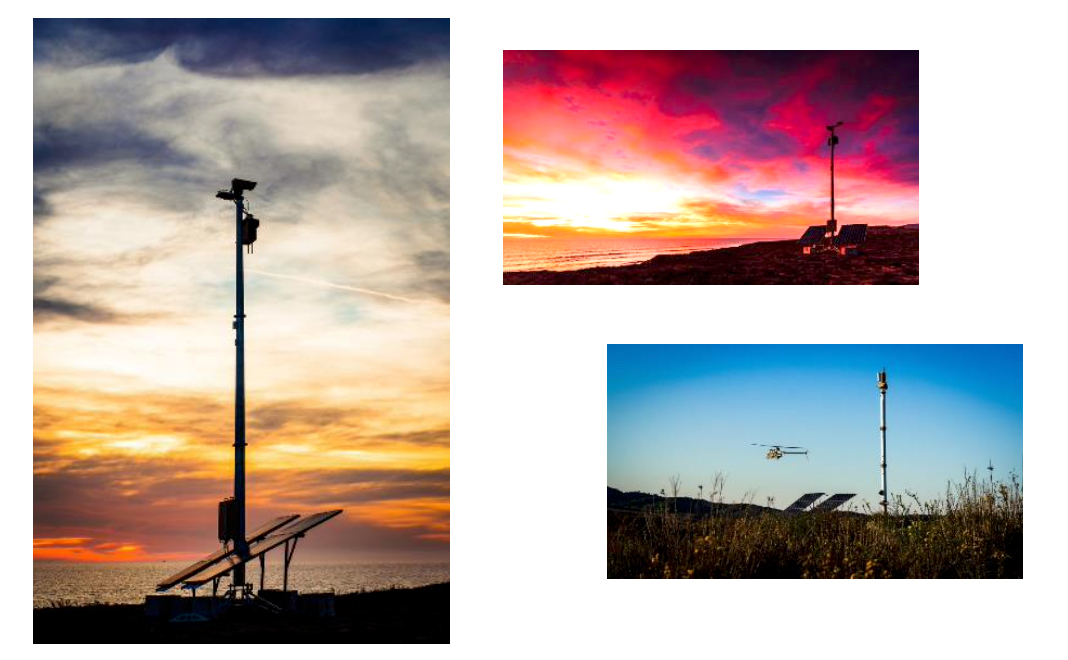
mMESH installed on elevated mast tower with PTZ camera and solar panel for continuous surveillance and remote video transmission. mMESH equipped UAV provides long range relay.
Mesh Applications – Border Security Range Relay
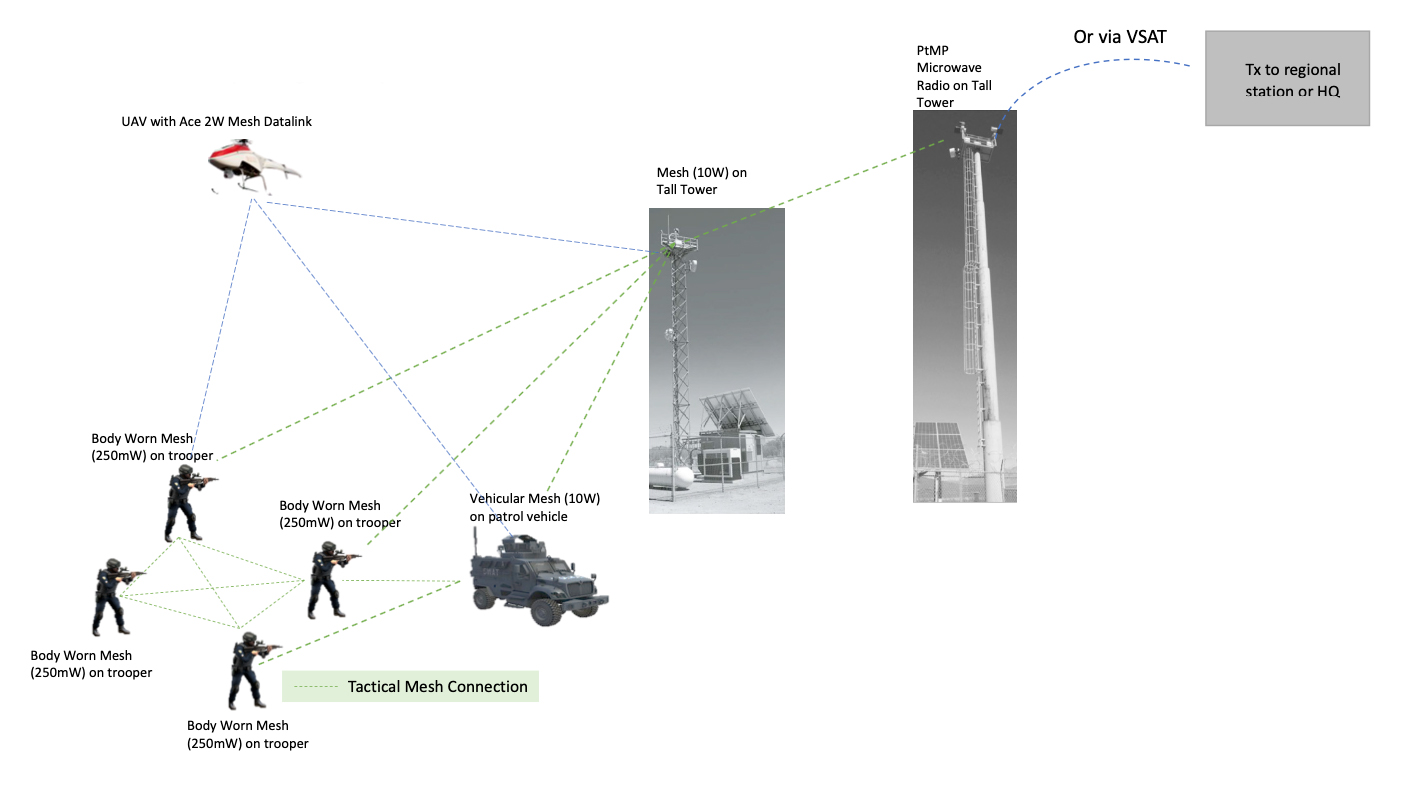

Mesh Applications – Border Security Range Relay
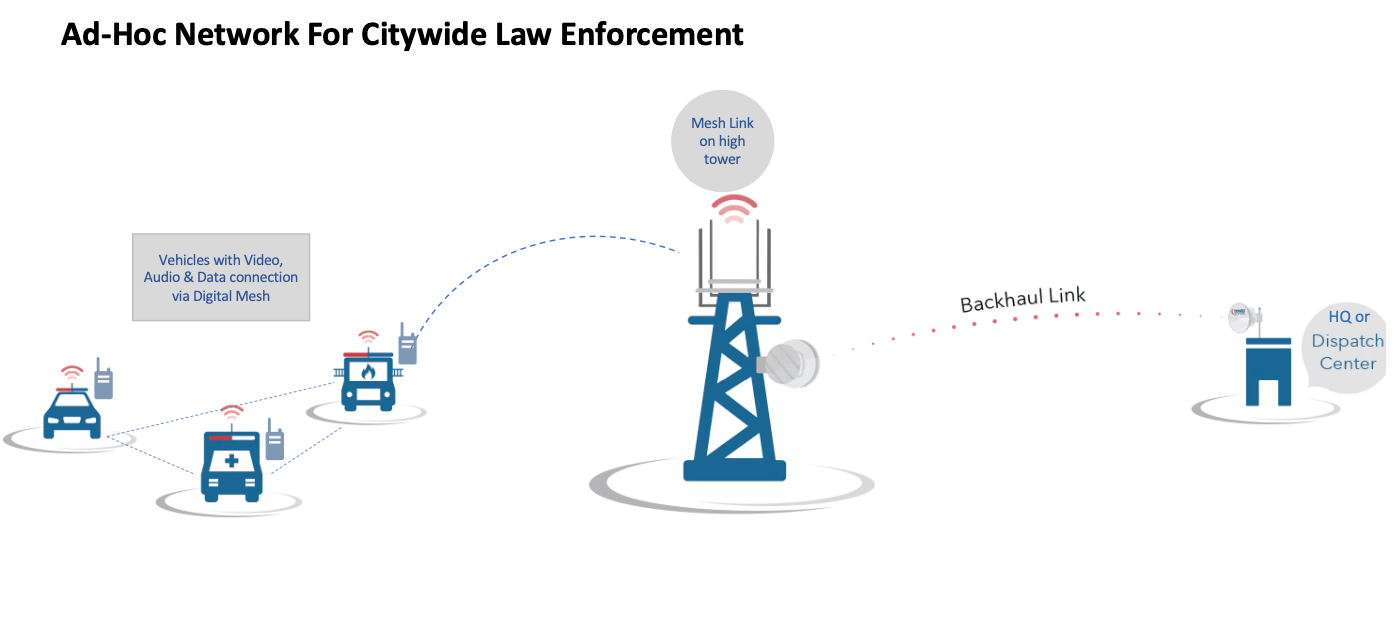
Backhaul of all the sensor data can be achieved in a number of ways. This could be done by satellite communication, or microwave relay for very long distances, or by multiple relayed IP Mesh Radios.
Some of Our Mesh Products
-
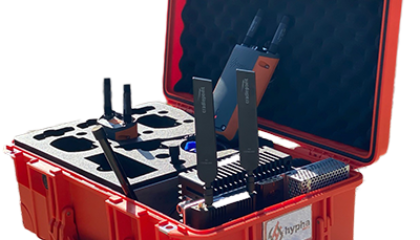 Read more +
By adminsov in Border Security, Commercial-Solutions, Emergency Response, Emergency-Response-Solutions, Government Solutions, hypha-kit, hypha-mesh, hypha-products, Law Enforcement, Law-Enforcement-Solutions, mesh, Mesh Products, Military, Miltech-Solutions
Read more +
By adminsov in Border Security, Commercial-Solutions, Emergency Response, Emergency-Response-Solutions, Government Solutions, hypha-kit, hypha-mesh, hypha-products, Law Enforcement, Law-Enforcement-Solutions, mesh, Mesh Products, Military, Miltech-Solutions
REX Kit
-
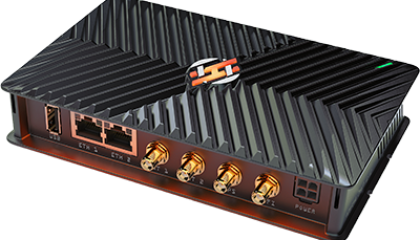 Read more +
By adminsov in Border Security, Commercial, Commercial-Solutions, Emergency Response, Emergency-Response-Solutions, Government Solutions, hypha-kit, hypha-mesh, hypha-products, Law Enforcement, Law-Enforcement-Solutions, mesh, Mesh Products, Military, Miltech-Solutions, Uncategorized
Read more +
By adminsov in Border Security, Commercial, Commercial-Solutions, Emergency Response, Emergency-Response-Solutions, Government Solutions, hypha-kit, hypha-mesh, hypha-products, Law Enforcement, Law-Enforcement-Solutions, mesh, Mesh Products, Military, Miltech-Solutions, Uncategorized
HyphaMAP
-
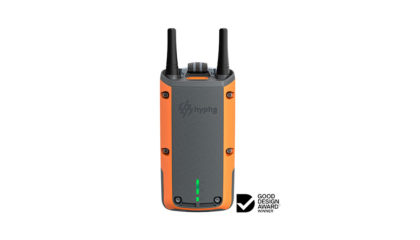 Read more +
By adminsov in Border Security, Commercial, Commercial-Solutions, Emergency Response, Emergency-Response-Solutions, Government Solutions, hypha-kit, hypha-mesh, hypha-products, Law Enforcement, Law-Enforcement-Solutions, mesh, Mesh Products, Military, Miltech-Solutions, Uncategorized
Read more +
By adminsov in Border Security, Commercial, Commercial-Solutions, Emergency Response, Emergency-Response-Solutions, Government Solutions, hypha-kit, hypha-mesh, hypha-products, Law Enforcement, Law-Enforcement-Solutions, mesh, Mesh Products, Military, Miltech-Solutions, Uncategorized
HyphaCAP
-
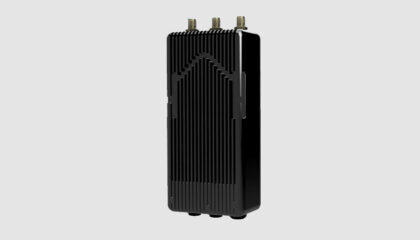 Read more +
By adminsov in ACE6 Technology, Commercial-Solutions, Emergency-Response-Solutions, Government Solutions, Highlighted Solution, Law-Enforcement-Solutions, mesh, Mesh Products, Miltech-Solutions, mmesh-products, PTT-Equipment, PTT-Mesh
Read more +
By adminsov in ACE6 Technology, Commercial-Solutions, Emergency-Response-Solutions, Government Solutions, Highlighted Solution, Law-Enforcement-Solutions, mesh, Mesh Products, Miltech-Solutions, mmesh-products, PTT-Equipment, PTT-Mesh
500mW Covert mMesh
-
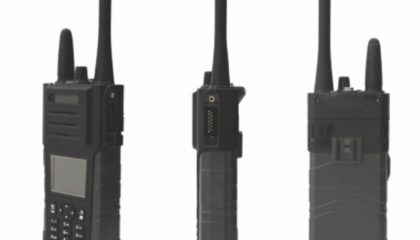 Read more +
By adminsov in ACE6 Technology, Commercial-Solutions, Emergency-Response-Solutions, Government Solutions, Highlighted Solution, Law-Enforcement-Solutions, mesh, Mesh Products, Miltech-Solutions, mmesh-products, PTT-Equipment, PTT-Mesh
Read more +
By adminsov in ACE6 Technology, Commercial-Solutions, Emergency-Response-Solutions, Government Solutions, Highlighted Solution, Law-Enforcement-Solutions, mesh, Mesh Products, Miltech-Solutions, mmesh-products, PTT-Equipment, PTT-Mesh
PTT Bodyworn MESH (500mW)
-
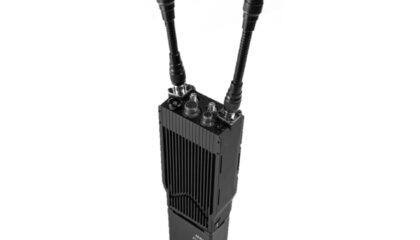 Read more +
By adminsov in ACE6 Technology, Commercial-Solutions, Emergency-Response-Solutions, Government Solutions, Law-Enforcement-Solutions, mesh, Mesh Products, Miltech-Solutions, mmesh-products, PTT-Equipment, PTT-Mesh
Read more +
By adminsov in ACE6 Technology, Commercial-Solutions, Emergency-Response-Solutions, Government Solutions, Law-Enforcement-Solutions, mesh, Mesh Products, Miltech-Solutions, mmesh-products, PTT-Equipment, PTT-Mesh
Robust Bodyworn MK3 Mesh (2x 1W)
-
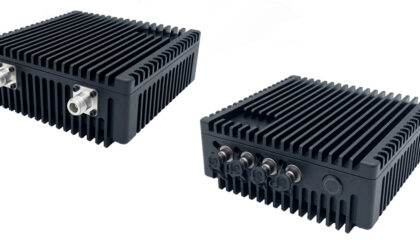 Read more +
By adminsov in ACE6 Technology, Commercial-Solutions, Emergency-Response-Solutions, Government Solutions, Law-Enforcement-Solutions, mesh, Mesh Products, Miltech-Solutions, mmesh-products, PTT-Equipment, PTT-Mesh
Read more +
By adminsov in ACE6 Technology, Commercial-Solutions, Emergency-Response-Solutions, Government Solutions, Law-Enforcement-Solutions, mesh, Mesh Products, Miltech-Solutions, mmesh-products, PTT-Equipment, PTT-Mesh
S-mMESH 2W Robust
-
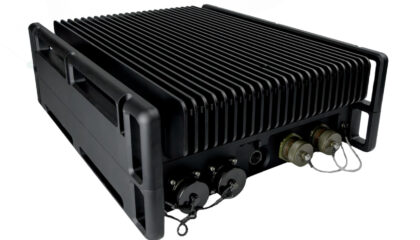 Read more +
By adminsov in ACE6 Technology, Commercial-Solutions, Emergency-Response-Solutions, Government Solutions, Law-Enforcement-Solutions, mesh, Mesh Products, Miltech-Solutions, mmesh-products, PTT-Equipment, PTT-Mesh
Read more +
By adminsov in ACE6 Technology, Commercial-Solutions, Emergency-Response-Solutions, Government Solutions, Law-Enforcement-Solutions, mesh, Mesh Products, Miltech-Solutions, mmesh-products, PTT-Equipment, PTT-Mesh
S-mMESH 10W Robust
-
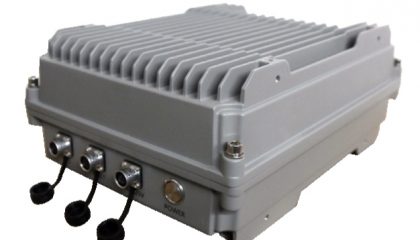 Read more +
By adminsov in ACE6 Technology, Commercial-Solutions, Emergency-Response-Solutions, Government Solutions, Law-Enforcement-Solutions, mesh, Mesh Products, Miltech-Solutions, mmesh-products
Read more +
By adminsov in ACE6 Technology, Commercial-Solutions, Emergency-Response-Solutions, Government Solutions, Law-Enforcement-Solutions, mesh, Mesh Products, Miltech-Solutions, mmesh-products
Robust High Powered MESH
-
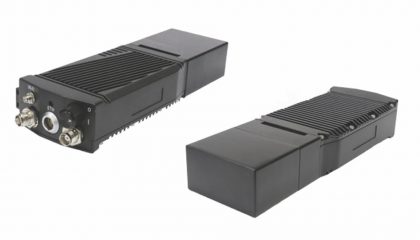 Read more +
By adminsov in ACE6 Technology, Commercial-Solutions, Emergency-Response-Solutions, Government Solutions, Law-Enforcement-Solutions, mesh, Mesh Products, Miltech-Solutions, mmesh-products
Read more +
By adminsov in ACE6 Technology, Commercial-Solutions, Emergency-Response-Solutions, Government Solutions, Law-Enforcement-Solutions, mesh, Mesh Products, Miltech-Solutions, mmesh-products
Robust Bodyworn MK2 MESH
Our Mesh Articles and News
-
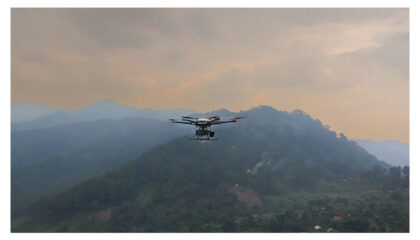 Read more +
By adminsov in Border Security, Emergency Response, Law Enforcement, News, Tech Insights
Read more +
By adminsov in Border Security, Emergency Response, Law Enforcement, News, Tech Insights
Ultra Long Range UAV IMSI Catcher
-
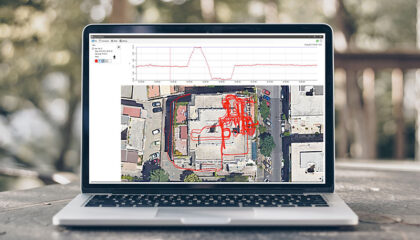 Read more +
By adminsov in Commercial-Solutions, Emergency Response, Emergency-Response-Solutions, Government Solutions, Highlighted Solution, Law Enforcement, Law-Enforcement-Solutions, Military, Miltech-Solutions, News, Tech Insights, Tracking
Read more +
By adminsov in Commercial-Solutions, Emergency Response, Emergency-Response-Solutions, Government Solutions, Highlighted Solution, Law Enforcement, Law-Enforcement-Solutions, Military, Miltech-Solutions, News, Tech Insights, Tracking
Thesia Human Indoor Tracking system delivers the most accurate positioning data of any non-GPS human tracking solution.
-
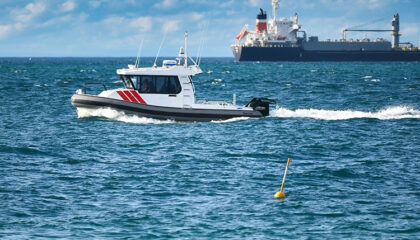 Read more +
By adminsov in Case Study, Highlighted Solution, News, PTT Case Studies, Tech Insights, Uncategorized
Read more +
By adminsov in Case Study, Highlighted Solution, News, PTT Case Studies, Tech Insights, Uncategorized
Maritime surveillance and communications for a South-East Asia Royal sailing event
-
 Read more +
By adminsov in Commercial-Solutions, Emergency Response, Emergency-Response-Solutions, Government Solutions, Highlighted Solution, Law Enforcement, Law-Enforcement-Solutions, Military, Miltech-Solutions, Tech Insights, Tracking
Read more +
By adminsov in Commercial-Solutions, Emergency Response, Emergency-Response-Solutions, Government Solutions, Highlighted Solution, Law Enforcement, Law-Enforcement-Solutions, Military, Miltech-Solutions, Tech Insights, Tracking
Thesia Non-GPS Human Tracking
-
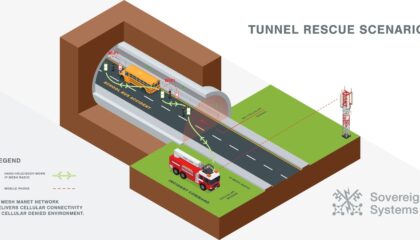 Read more +
By adminsov in Tech Insights
Read more +
By adminsov in Tech Insights
WHAT IS THE IMPORTANCE OF IP MESH RADIOS TO SEARCH AND RESCUE TEAMS?
-
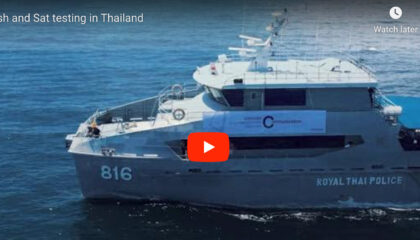 Read more +
By adminsov in Case Study, Highlighted Solution, News, PTT Case Studies, Tech Insights, Uncategorized
Read more +
By adminsov in Case Study, Highlighted Solution, News, PTT Case Studies, Tech Insights, Uncategorized
Mesh and Satcom in Thailand
-
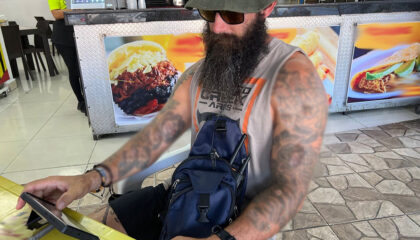 Read more +
By adminsov in Case Study, News, Tech Insights
Read more +
By adminsov in Case Study, News, Tech Insights
Mesh pop-up networks enabling anti-Human Trafficking operations
-
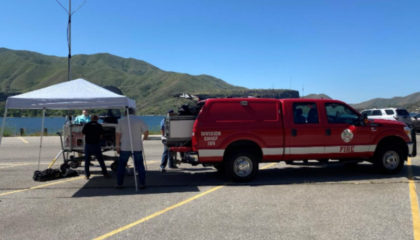 Read more +
By adminsov in Case Study, hypha-cs, hypha-mesh, News, Tech Insights
Read more +
By adminsov in Case Study, hypha-cs, hypha-mesh, News, Tech Insights
Search and Rescue Teams Put HyphaMESH to the Test
-
 Read more +
By adminsov in Case Study, mesh, News, PTT Case Studies, PTT-Mesh, Tech Insights
Read more +
By adminsov in Case Study, mesh, News, PTT Case Studies, PTT-Mesh, Tech Insights
Customer POC in UAE
-
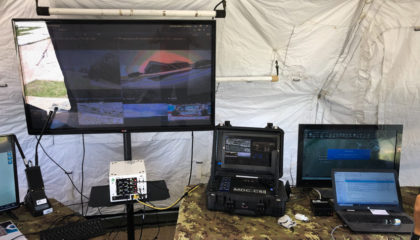 Read more +
By adminsov in News, PTT Case Studies, PTT-Mesh, Tech Insights
Read more +
By adminsov in News, PTT Case Studies, PTT-Mesh, Tech Insights
Latest PTT Mesh Trials – UK and Italy

